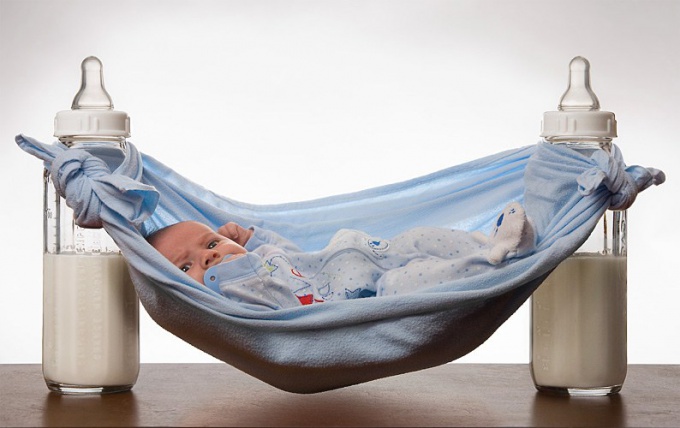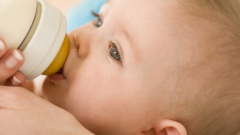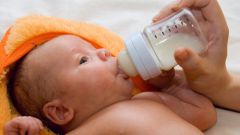The reasons for the transfer
Her mother's illness, taking medications incompatible with breastfeeding, the need for hospitalization or surgical intervention and General heavy condition in which lactation can worsen the prognosis – the most common causes of transfer of the child to artificial feeding. If after birth it was discovered infectious diseases that are transmitted through breast milk, breast-feeding is contraindicated. Mastitis in the majority are not absolute indications for transfer, the issue is solved individually. Exit mom to work is considered a good enough reason to translate into a mixture, but the best solution will be mixed feeding. The reluctance of mothers to breastfeed - the cause of a rare but occur - in this case to transfer the mixture should be still in the hospital. So it will be easier and the mother and the baby.
In cases when a child needs surgery or a prolonged treatment in offices where there may be difficulty finding the mother, the boy was transferred to artificial feeding. If the child suffers from a lack of nutrition, he has been diagnosed with lactase insufficiency, feeding or adapted therapeutic mixture – the best alternative to breast milk.
Transfer should be gradual
Ideally, transfer to artificial feeding should occur within one month, the minimum period to two weeks, only in rare cases is valid and justified a sharp transfer. First, the child is given breast milk from the bottle or spoon – this reduces the risk of rejection of the bottle. After the baby will get used to it, start to introduce pediatrician recommended a mixture. The volume sweep is calculated individually based on the age and needs of the child.
First baby finish feeding mixture, then replace the least important feeding, leaving the night nursing and nursing to sleep. Give the child a few days so he could get used to the new scheme, and continue to enter the mix.
Adequate nutrition is only part of the task of breastfeeding. For a child it is communication, relationship with mother, because the need to pay more attention to the child more often to keep it on hand. If the child has a great need for sucking – need to offer him a pacifier.
The basic principles of artificial feeding
Mixture unlike breast milk longer to digest, therefore should strictly follow the intervals in between offering the child water. Breasts to offer should not, if you do not plan to restore breastfeeding. Replacement of the mixture should be substantiated, a slight deterioration of the chair are not an indication for replacement. If the child gains weight and feels good – a mixture of suits him.
The child should be dopisivati and offer the pacifier, but the vitamin D usually cancel almost all mixes already contain it in the composition. The mixture is always prepared before use. If you are getting power to the dairy kitchen, a bottle before feeding should be warmed. The easiest way to check the temperature of the mixture to drip on his hand. If you do not feel the temperature optimum, feels the heat and chill the mixture, feel the cool – warm.
The chair of the baby when feeding the mixture should be daily. If the child is already 4 months you can introduce solid foods that prevent constipation. It is a vegetable or fruit puree with prunes. If the baby urinates at least 6 times a day, so he's got enough fluid and nutrition. Optimally, if a child urinates 8-12 times per day.
Requirements for kitchenware
Bottle is better to choose a physiological, that is, imitating the shape of the breast. If you get a regular bottle, the hole in the nipple should be as small as possible, otherwise the child will choke and swallow air together with the mixture.
Wash bottles and utensils should be very carefully, sterilization of tableware especially for children of early age is mandatory. If the child is older than 5 months – feed him with a spoon. Sucking reflex after six months is starting to fade, feeding with a spoon will provide you with an easier transition to solid foods and eliminates the need to wean from sucking from the bottle. The water in this case, give either from a feeder Cup or spoon.
What to do with Breasts
Try to wear tight clothes that impede access to the breast. Distract the attention of the child from the breast. To avoid mastitis and lactostasis, you can resort to taking medications that reduce lactation. Tight bra and t-shirt is also required, so as to prevent overflow of the breast. If you put the baby on the mixture should be extra medicines required.
Don't blame yourself, I had to feed the baby a mixture. Breast milk is very important, but health of mother and child is much more important.





